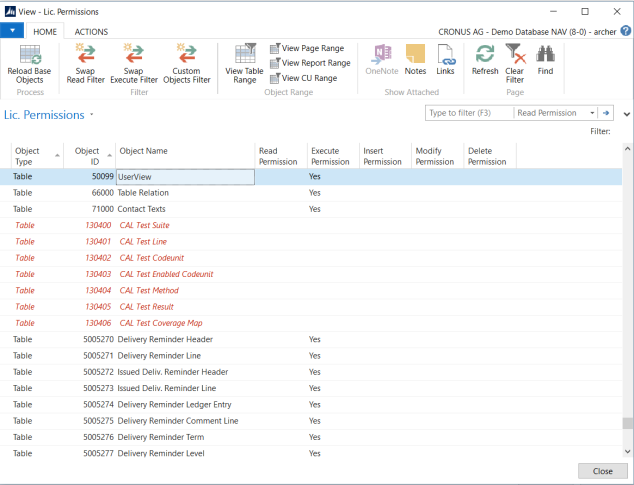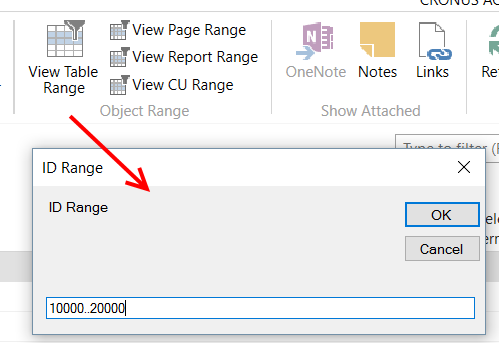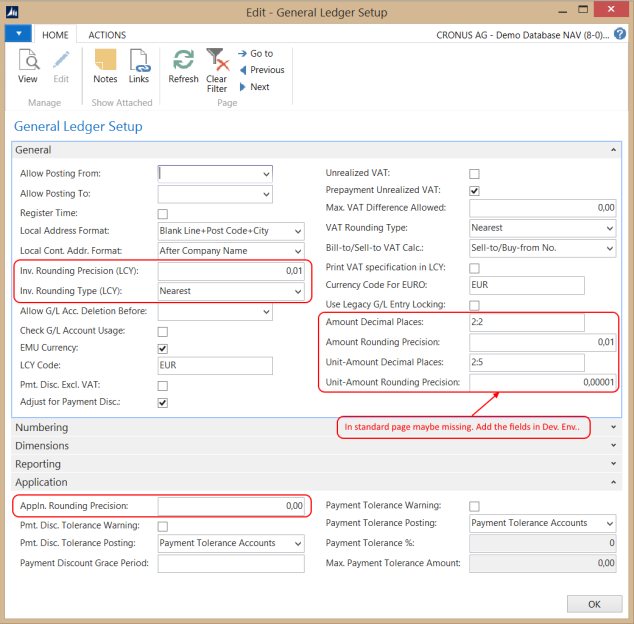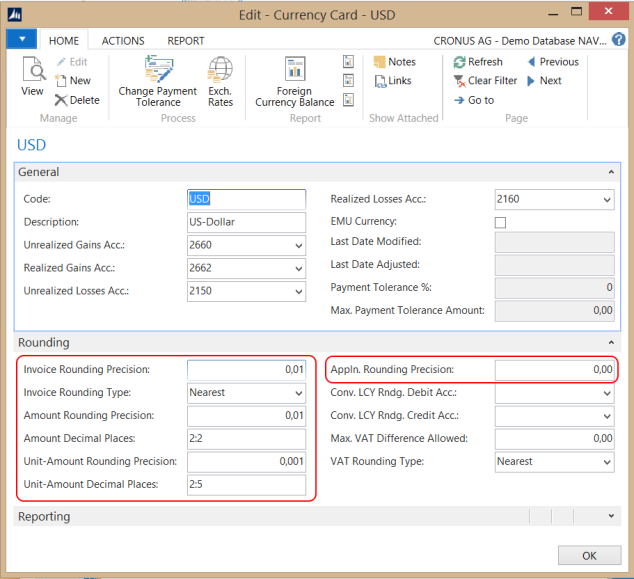The properties of the used .net assembly Microsoft.Dynamics.Nav.SMTP in CU 400 is very basic, e.g. applying a different Repl-To Address is not possible. For that it’s needed to go to the basics, means use the basic .net classes for Mailing. Following codeunit is a solution for that issue.
// global variables
SmtpClient, DotNet, System.Net.Mail.SmtpClient.'System, Version=2.0.0.0, Culture=neutral, PublicKeyToken=b77a5c561934e089'
MailMessage, DotNet, System.Net.Mail.MailMessage.'System, Version=2.0.0.0, Culture=neutral, PublicKeyToken=b77a5c561934e089'
OnRun()
// Test the mail functions using a sample gmx mail account 'your_account@gmx.at'
CreateMessage('sender name','your_account@gmx.net','your_account@gmx.net','subject','message text','reply name','replyTo@gmx.net');
SendSmtpMail;
CreateMessage(SenderName : Text;SenderAddress : Text;Recipients : Text;Subject : Text;Body : Text;ReplyToName : Text;ReplyToAddress : Text)
// local variables
FromAddress, DotNet, System.Net.Mail.MailAddress.'System, Version=2.0.0.0, Culture=neutral, PublicKeyToken=b77a5c561934e089'
ReplyAddress, DotNet, System.Net.Mail.MailAddress.'System, Version=2.0.0.0, Culture=neutral, PublicKeyToken=b77a5c561934e089'
// create from address
FromAddress := FromAddress.MailAddress(SenderAddress, SenderName);
// create mail message
IF NOT ISNULL(MailMessage) THEN
CLEAR(MailMessage);
MailMessage := MailMessage.MailMessage;
MailMessage.From := FromAddress;
MailMessage.Body := Body;
MailMessage.Subject := Subject;
MailMessage."To".Clear;
MailMessage."To".Add(Recipients);
// create and add reply-to-address
ReplyAddress := ReplyAddress.MailAddress(ReplyToAddress, ReplyToName);
MailMessage.ReplyTo := ReplyAddress;
SendSmtpMail()
// local variables
SMTPMailSetup, Record, SMTP Mail Setup
NetworkCredential, DotNet, System.Net.NetworkCredential.'System, Version=2.0.0.0, Culture=neutral, PublicKeyToken=b77a5c561934e089'
SMTPMailSetup.GET;
WITH SMTPMailSetup DO BEGIN
SmtpClient := SmtpClient.SmtpClient("SMTP Server","SMTP Server Port");
SmtpClient.EnableSsl := "Secure Connection";
IF Authentication Authentication::Anonymous THEN
IF "User ID" '' THEN BEGIN
SmtpClient.UseDefaultCredentials := FALSE;
NetworkCredential := NetworkCredential.NetworkCredential("User ID", Password);
SmtpClient.Credentials := NetworkCredential;
END ELSE BEGIN
CLEAR(NetworkCredential);
SmtpClient.Credentials := NetworkCredential;
SmtpClient.UseDefaultCredentials := TRUE;
END
ELSE BEGIN
CLEAR(NetworkCredential);
SmtpClient.Credentials := NetworkCredential;
SmtpClient.UseDefaultCredentials := FALSE;
END;
IF ISNULL(MailMessage) THEN
ERROR('Mail msg was not created');
SmtpClient.Send(MailMessage);
MailMessage.Dispose;
SmtpClient.Dispose;
CLEAR(MailMessage);
CLEAR(SmtpClient);
END;
The Smtp Setup:

Mail sent result:

you can also use that codeunit for other purposes as template, e.g. for setting a different sender address.
for sending outlook mails with different reply-to address follow part 2 post of that series.
cheers











